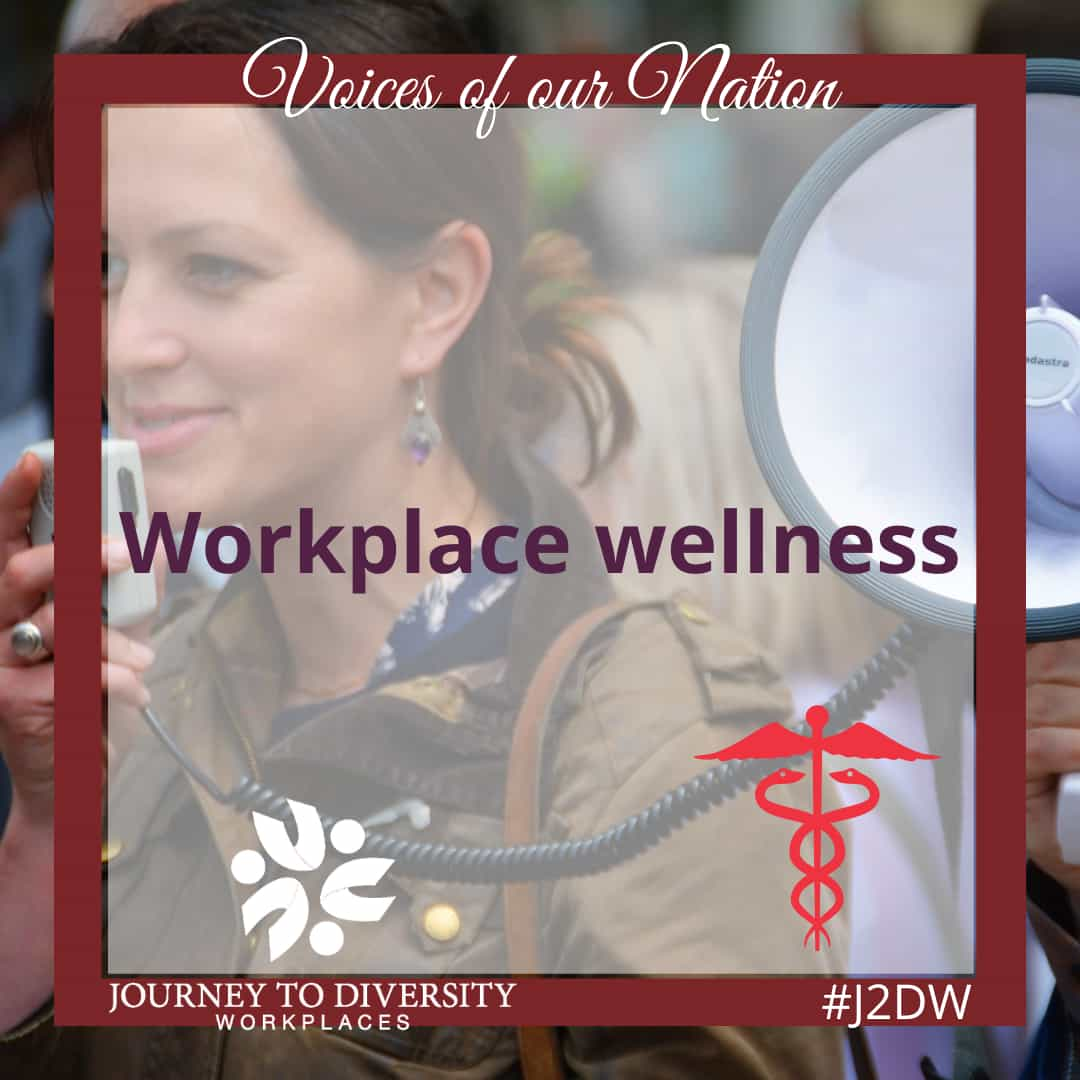Workplace wellness is any workplace health, promotion, activity or organizational policy designed to support healthy behavior and improve health outcomes. Employee wellness programs are attractive for potential employees and major perks for existing employees. Before incorporating a workplace wellness program, employers should carefully weigh the pros and cons of each program.
Chronic diseases such as depression and hypertension can lead to a decline in the overall health of employees in a workplace, contribute to an increase in health-related expenses for employers and employees, and lead to lower productivity and/or days of work missed. Some workplaces have realized the benefits of health promotion, and to curb the costs of rising health care, offer workplace health benefits to their employees. Ideally, the office should be a place protecting the safety and well-being of employees while providing opportunities for better long-term health.
Employee wellness programs can boost office morale and strengthen employee relationships. Whether a workplace institutes a weight loss challenge, a runners group or an on-site gym, a workplace is bringing employees together in interest groups with likeminded colleagues. Changing how employees interact and support one another can translate to a more supportive and positive work environment. A healthy work environment in turn positively affects productivity.
The cost of employee wellness programs is something that every employer must consider. Building a gym or bringing in a nutritionist will cost money and some workplaces may not have the sufficient resources available to implement wellness programs. Some of the wellness employees a workplace brings in can be paid a salary like other employees, but facilities will generally need upfront cash in order to begin building.
Workplace wellness programs also include policies intended to facilitate employee health, including allowing time for exercise, providing on-site kitchens and eating areas, offering healthful food options in vending machines, holding “walk and talk” meetings, and offering financial and other incentives for participation. Effective workplace programs, policies, and environments that are health-focused and worker-centered have the potential to significantly benefit employers, employees, their families, and communities.
However, workplace wellness programs may inadvertently discourage employees from participating in the company’s health benefits. The health within the workplace is made up of numerous factors and some are out of a person’s control. Some employees can be genetically predisposed to high blood pressure, high cholesterol or diabetes, and it is important to take these factors into consideration when developing an effective wellness program for a workplace. For some employees, the idea of required participation in a wellness program is intimidating. If an employee doesn’t reach the workplace’s goal and money is involved, it can potentially add stress within the workplace. Participation then becomes unaffordable and an employee may seek health benefits elsewhere.
While it remains unclear how well workplace wellness programs are doing at achieving all of their original goals, one thing that is clear is that there are benefits to both the employee and the employer. Wellness programs have led to higher productivity, lower absenteeism and greater job satisfaction. Investing in clinically-proven wellness programs fosters healthier, more productive, and happier employees. Making wellness a priority by providing incentives shows that a workplace cares about the well-being of employees which will make the top employee prospects want to work for you. Between health benefits, financial incentives, and possibly even improved job satisfaction, workplace wellness programs may be worth implementing in the workplace.
This article was contributed by volunteer blogger Shan Simpson, and edited by volunteer editor Parul Datta.


